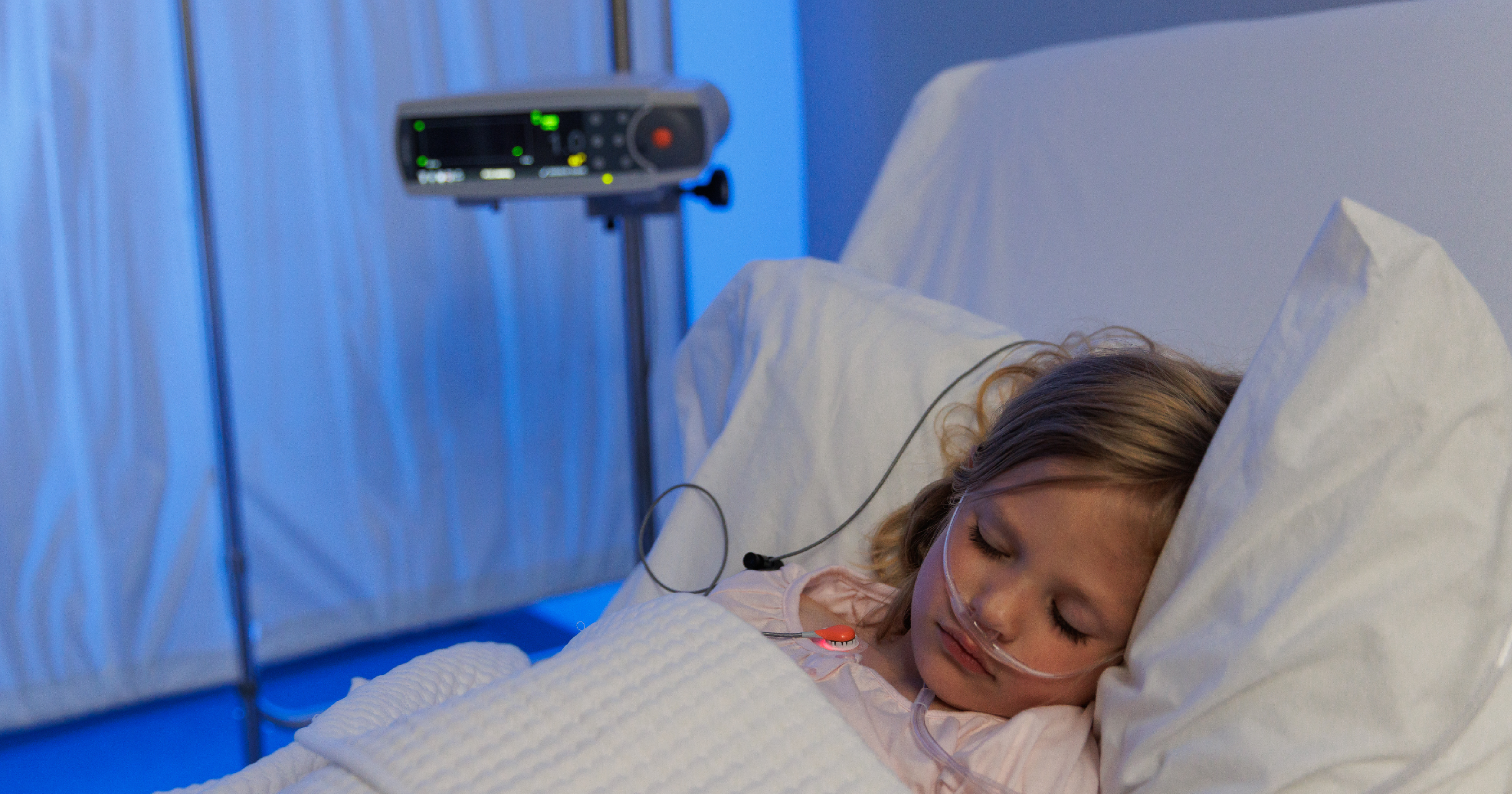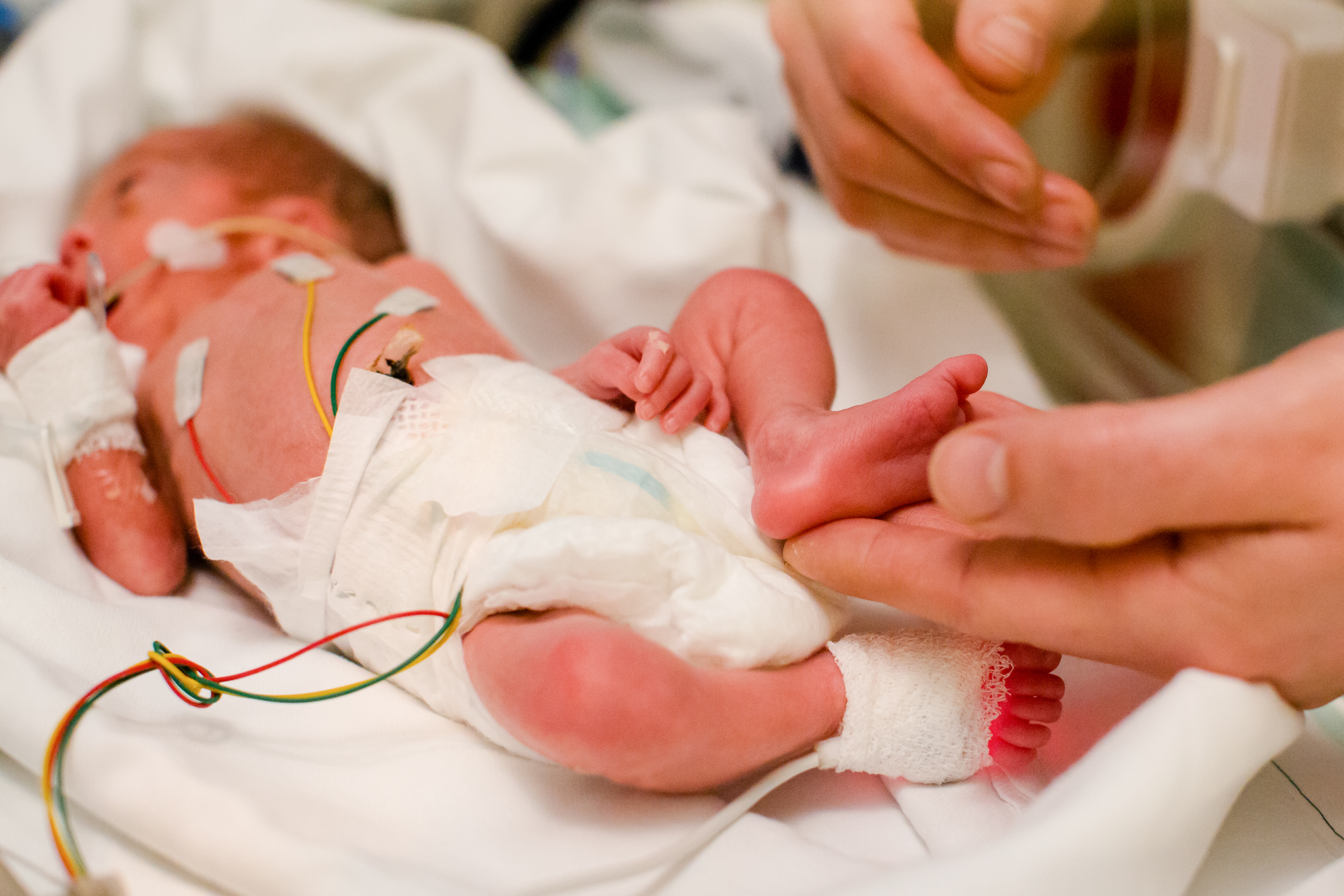MENU
- Sentec Article
How to Get Started with Transcutaneous Monitoring in the NICU
Introducing any new technology in a clinical setting can be an exciting time – you’re eager to use your new tool and see the benefits for patients – especially in the NICU where the smallest, sickest babies are.
- Product Spotlight
10 Reasons To Choose Sentec tcPCO2 Monitoring For Your Sleep Lab
With product features designed for the sleep lab, the Sentec Transcutaneous Monitoring System combines ease of use and patient comfort with accurate values regardless of ventilation method or ventilation perfusion (V/Q) mismatch.
- Whitepaper
The Downsides & Limitations of Neonatal Blood Sampling
In neonatal intensive care units (NICUs), blood sampling, including arterial blood gas (ABG) tests and capillary blood tests (commonly known as a ‘heel stick’), plays an important role in patient monitoring. These tests help care teams monitor a variety of parameters, including blood pH levels and concentrations of vital gases like carbon dioxide (CO2) and oxygen (O2).
- Sentec Article
How Often Should PCO2 Be Monitored in Chronic Hypercapnic Patients? Are Current Practices Enough?
Chronic hypercapnia, characterized by elevated levels of CO2, poses a significant challenge for individuals with conditions like chronic obstructive pulmonary disease (COPD), neuromuscular disorders (NMD), and obesity. Although the negative effects of chronic hypercapnia are widely acknowledged, researchers at the University of Michigan are shedding light on the true urgency of its management.
- Sentec Article
NICU Ventilation: An Overview of Neonatal Ventilatory Support & The Challenges Faced By Care Teams
How can NICU teams ensure that all of these priorities are adequately managed? Here, we’ll take a deeper look at NICU ventilation, the challenges that clinicians face, and strategies that can help.
- Sentec Article
What is Intrapulmonary Percussive Ventilation (IPV) Therapy?
Intrapulmonary percussive ventilation (IPV) therapy is an airway clearance therapy that combines percussion, high-velocity flow, and entrainment to mobilize secretions and address gas exchange impairment. The therapy can be delivered through a mouthpiece or mask, directly to the airway, or in-line with a ventilator, making it versatile for a range of patient populations.
- Product Spotlight
Meet the IPV®1
The IPVⓇ 1 is a safe and effective airway clearance device that builds on the Percussionaire legacy of IPV therapy with a Unified Connector that supports patient safety, a patient-friendly interface, and the unique efficacy of the Phasitron.
- Sentec Article
What is Kangaroo Care in the NICU?
Every aspect of neonatal care matters, from the sounds infants hear to their exposure to light. Kangaroo care, also known as kangaroo mother care or skin-to-skin contact, is a method of holding a newborn baby on the bare chest of the mother or father, with their skin in direct contact.
- Sentec Article
Is IPV Therapy Safe
Along with IPV therapy’s clinical results in treating patients with respiratory complications, it has a demonstrated history of being safe and well-tolerated across diverse patient populations, care settings, and delivery interfaces.
- Whitepaper
How to Create a Plan for Blood Draw Reduction in the NICU with Transcutaneous Monitoring
We may not typically consider blood draws and heel sticks to be a large driver of patients losing blood, but the issue carries greater significance with neonatal patients, who don’t have much blood to give in the first place.













